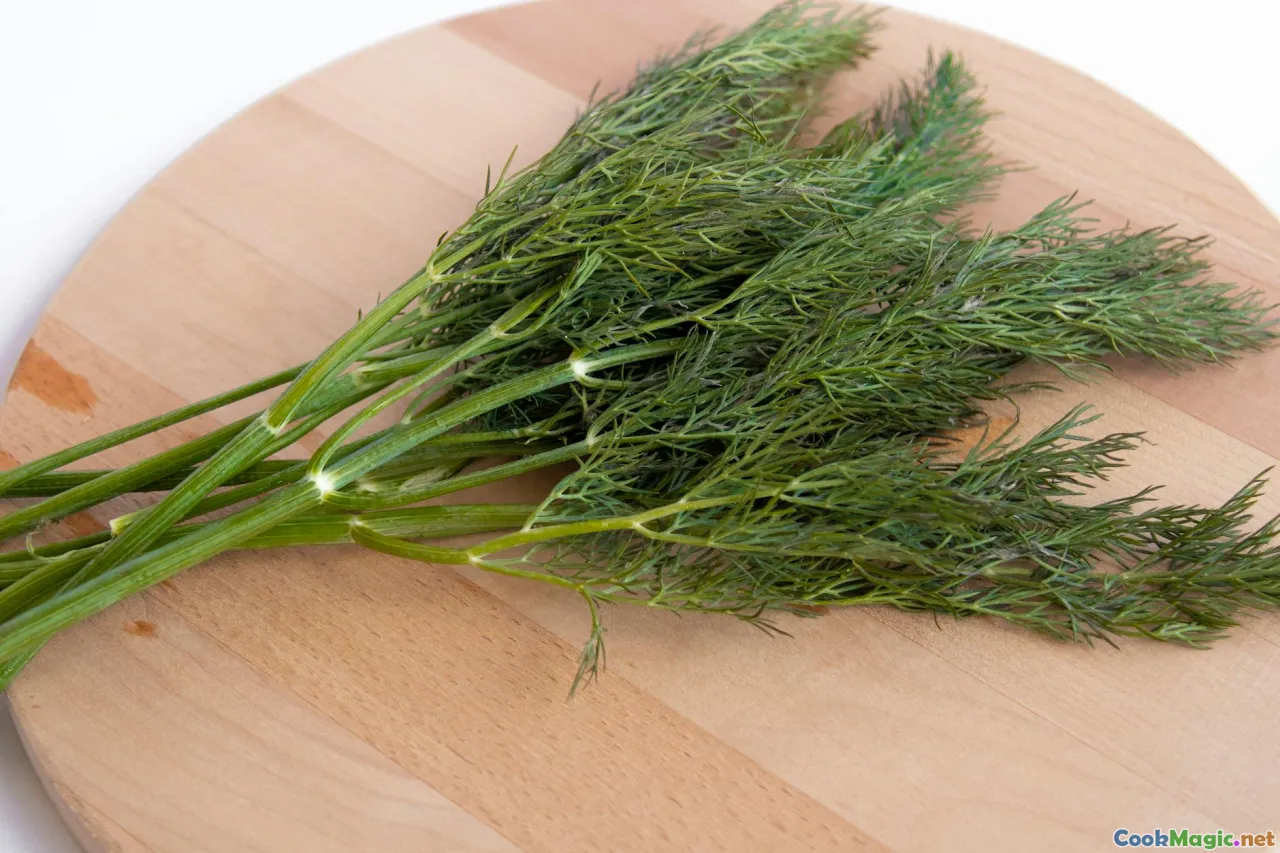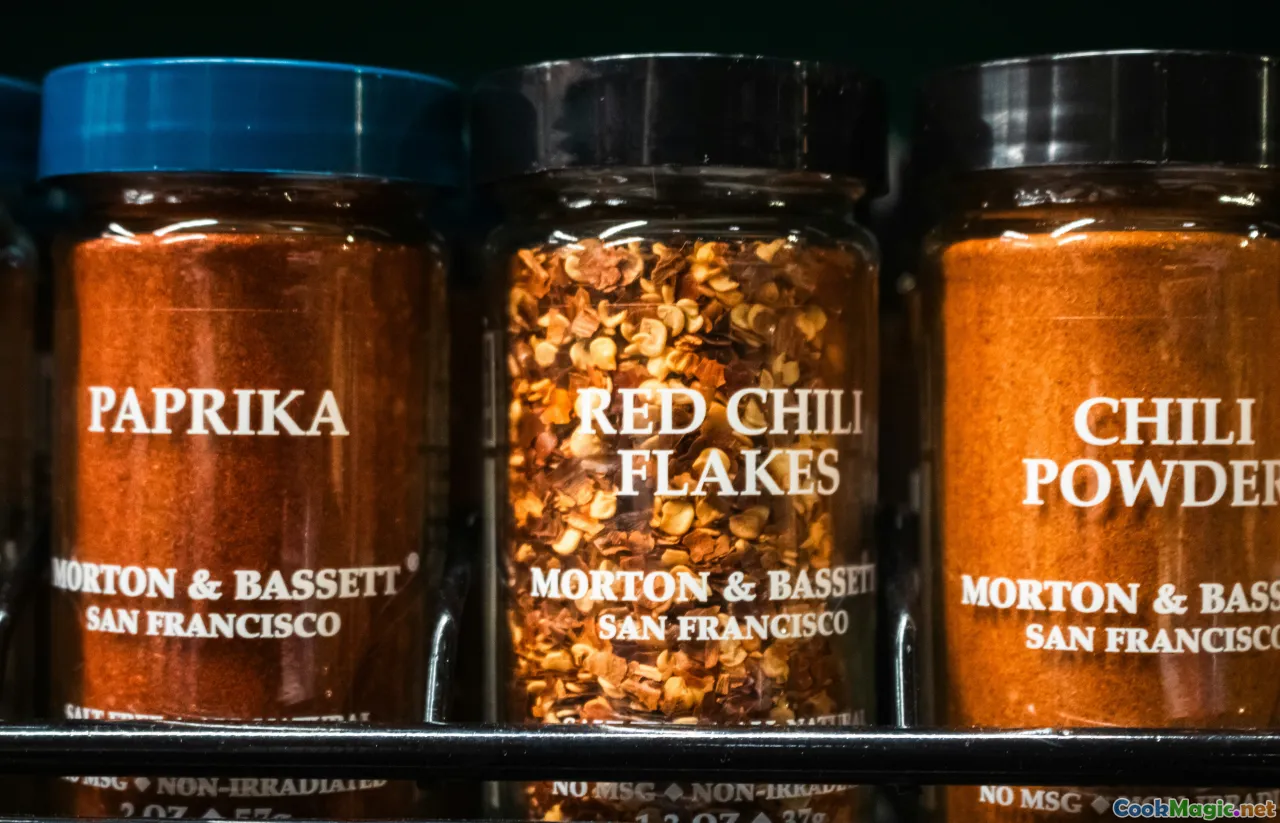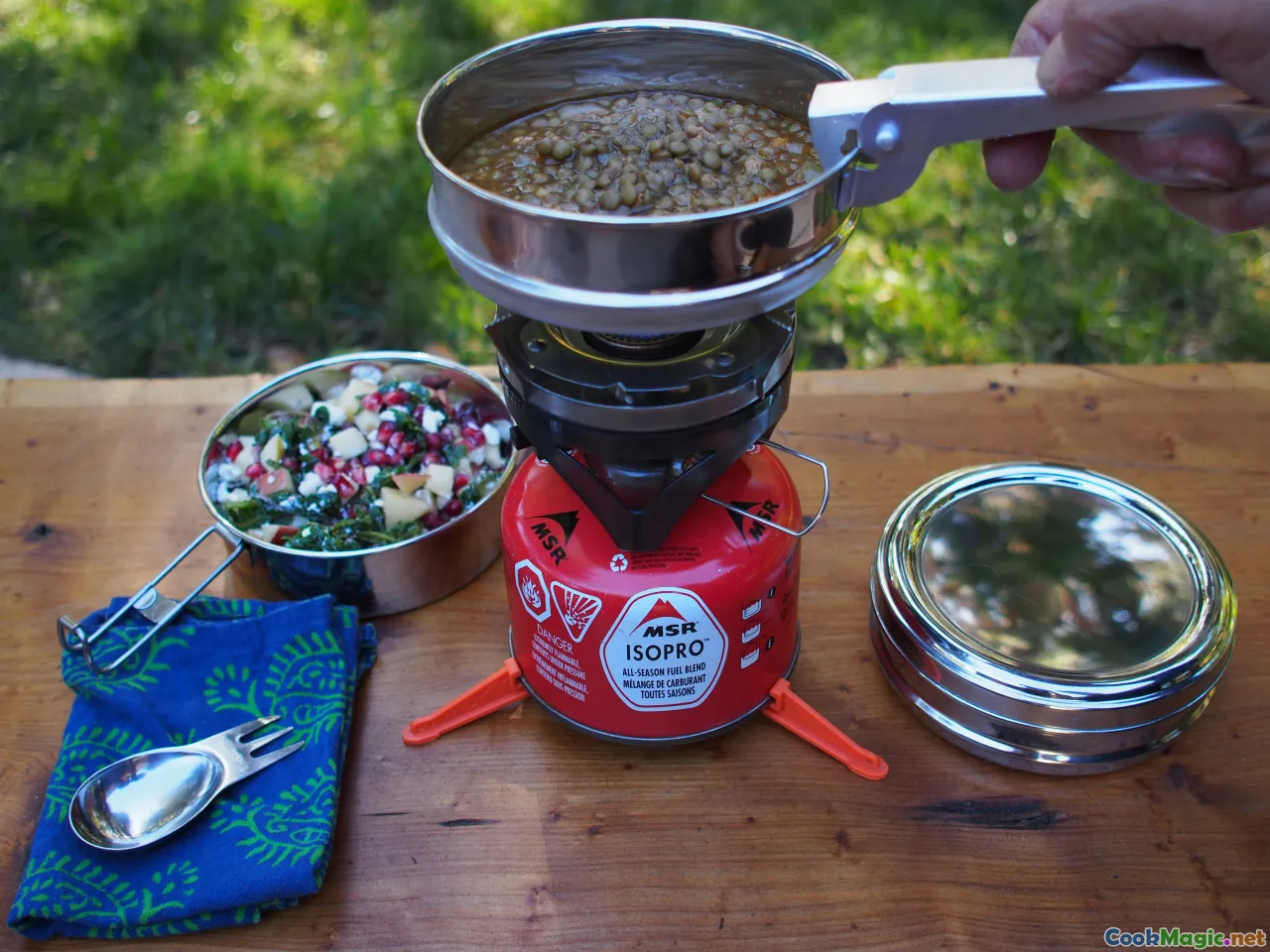Spice Pairings That Transform Plant Based Dishes
10 min read Discover innovative spice combinations that elevate and enrich plant-based dishes with vibrant flavors and culinary depth. June 21, 2025 15:05
Spice Pairings That Transform Plant Based Dishes
Imagine a vibrant bowl of roasted eggplant and spiced lentils, shimmering with hues of amber and ruby—the aroma of cumin, coriander, and turmeric stretching invitingly into the air. The gentle heat caresses your senses, hinting at a story told across centuries and cuisines. This is the magic of spice pairings in plant-based cuisine, where each pinch and stir unlocks layers of flavor, transforming humble ingredients into culinary symphonies.
Let’s embark on a savory journey, exploring how to marry spices with vegetables, grains, legumes, and herbs—turning everyday dishes into unforgettable experiences. Whether you’re a seasoned chef or a curious home cook, understanding the art of spice pairing elevates your plant-based repertoire, adding depth, warmth, and aroma that speak to tradition, innovation, and emotion.
The Foundations of Spice Pairing in Vegetarian Cooking

At the heart of plant-based culinary artistry lies a keen sense of balance. The natural sweetness of roasted carrots, the earthiness of mushrooms, and the freshness of greens can all be elevated with the thoughtful application of spices. Just as a painter selects colors, a cook must consider the flavor profiles to create harmony.
Common spices such as cumin, coriander, turmeric, paprika, and chili powders are the building blocks. Each contributes distinct notes: cumin’s nutty warmth, coriander’s citrusy brightness, turmeric’s velvety earthiness, paprika’s smoky sweetness, and chili’s fiery punch. Beyond these staples, global variations—Moroccan ras el hanout, Indian garam masala, Ethiopian berbere—offer complex layers that can dramatically change a dish.
Adapting Spices to Ingredient Types
- Root Vegetables: Incorporate cinnamon, allspice, or ginger to enhance their natural sweetness.
- Leafy Greens: Brighten with lemon zest, cumin, or sumac.
- Legumes and Pulses: Warm spices like turmeric, fenugreek, and coriander turn simple lentils into hearty pleasures.
- Grains: Elevate rice, bulgur, or quinoa with saffron, cardamom, or wasabi powder.
A strategic approach involves considering the inherent flavor and texture of the main ingredients and selecting spices that complement or contrast. For example, roasted sweet potatoes gain depth with cumin, while green beans shine when tossed with chili flakes and garlic.
Universal Spice Pairings That Brighten Plant-Based Classics

Some spice pairings have stood the test of culinary time, favored across continents and cuisines. Here are some essential combinations that can redefine your plant-based dishes:
1. Cumin & Coriander
Cumin lends a warm, earthy tone, while coriander introduces brightness and citrus undertones. Together, they are the cornerstone of many Middle Eastern, Indian, and North African dishes like vegetable tagines, chickpea stews, and roasted vegetable bowls.
Personal Note: When I first tried a Moroccan carrot salad tossed with cumin and coriander, I was stunned by how the straightforward sweetness of roasted carrots was invigorated with just these two spices—creating an aroma reminiscent of sunset markets in Marrakech.
2. Cardamom & Cinnamon
Sweet yet complex, cardamom pairs beautifully with cinnamon in baked dishes and warm grain bowls, adding romantic and nostalgic layers. Think of aromatic oatmeal, baked apples, or hearty stews.
Tip: Toast cardamom pods lightly before grinding to unlock their fragrant oils for maximum impact.
3. Smoked Paprika & Aleppo Pepper
For smoky depth with a hint of fruity heat, this duo is perfect in vegan chilis, roasted root vegetable salads, or even tofu scrambles.
Story: In Spain’s Basque country, smoked paprika is sacred—used in pimentón de la vera—adding a smoky, paprika-rich flavor that makes vegetarian dishes taste authentically Iberian.
4. Cayenne & Lime
A zesty, fiery pairing that invigorates salads, grilled vegetables, and pickled legacies from Latin America.
5. Turmeric & Black Pepper
The classic duo—turmeric's vivid yellow hue and earthy flavor are significantly enhanced by black pepper’s sharp heat, boosting absorption of curcumin. Crystal clear in golden rice, vegan curries, or roasted cauliflower.
Cultural Traditions and Family Dishes Sealed with Spice

Spices carry stories, traditions, and family memories—sacred recipes passed down through generations. Think of India’s rich tadka (tempering) of cumin, mustard seeds, and dried red chilies in lentils, or Ethiopia’s berbere spice in stews that warm blood and soul alike.
Indian Masala in Vegetarian Marvels
Masala blends—like garam masala—combine cinnamon, cloves, cardamom, and nutmeg, offering flexibility and complexity. Dishes likepalak paneer and chana masala hinge on the perfect spice mix, transforming humble spinach and chickpeas into soul-satisfying plates.Insight: During a recent trip to Mumbai, I watched street vendors toss freshly simmered vegetables with a blend of warm spices and a splash of lemon—reminding me how spice can be everyday magic.
Middle Eastern Za’atar & Sumac
Za’atar combines thyme, sesame seeds, and sumac for a tangy, nutty experience—best sprinkled over roasted vegetables, flatbreads, or hummus. These flavors evoke desert winds and ancient trade routes, encapsulating history in each bite.
Latin American Roots with Annatto & Oregano
Plant-based tamales or beans are brightened with annatto’s earthy orange hue and oregano’s aromatic punch—celebrating indigenous traditions.
Practical Tips: How to Incorporate Spices Expertly

For the best results, consider following these tips:
- Toasting: Lightly toast whole spices before grinding to release essential oils.
- Balancing intensities: Use spices sparingly at first, adding more gradually to prevent overpowering delicate flavors.
- Freshness: Keep spices in airtight containers away from heat and light; old spices lose potency.
- Layering: Build flavor by adding spices in stages—start with toasted spices at the beginning, finishing with fresh herbs or a final pinch before serving.
Experiment with Fusion
Try unique combinations—like lemongrass and cumin in vegan Thai-influenced dishes or sage and coriander for a modern twist on hearty grain bowls.
Customizing for Your Taste and Cultural Palette
The beauty of spice pairing is personal. Adjust heat levels, aroma strengths, and elements of sweetness or bitterness to match your palette. Embrace regional variations—swap in harissa for smoked paprika if you desire North African spice complexity, or add star anise for a Chinese-inspired touch.
Infusion and Presentation
A quick trick: infuse oils with crushed spices for drizzle finishes, or sprinkle a pinch of za’atar on hummus for a flavorful crust that elevates presentation.
Embracing the Sensory Symphony
The ultimate pleasure in spice pairing stems from engaging all senses. Notice how spices awaken your nose before tasting, adding visual vibrancy, and enhancing mouthfeel with their complex layers.
Imagine the warmth of cinnamon in vegan apple pie, the pungency of turmeric in creamy curries, or the smoky depth of paprika in roasted vegetables—each a testament to the transformative power of spice in vegetarian cuisine.
When thoughtfully paired, spices go beyond flavor—they evoke emotion, culture, and history, connecting us to memories or inspiring new culinary adventures.
So next time you approach your vegetable, grain, or legume-based dish, ask yourself: What spices will tell the story I want to share? With that question, you open up a world of endless flavor possibilities that make plant-based cooking an art in every sense.
Happy cooking—and may your spice jars be ever abundant and your dishes never dull.









